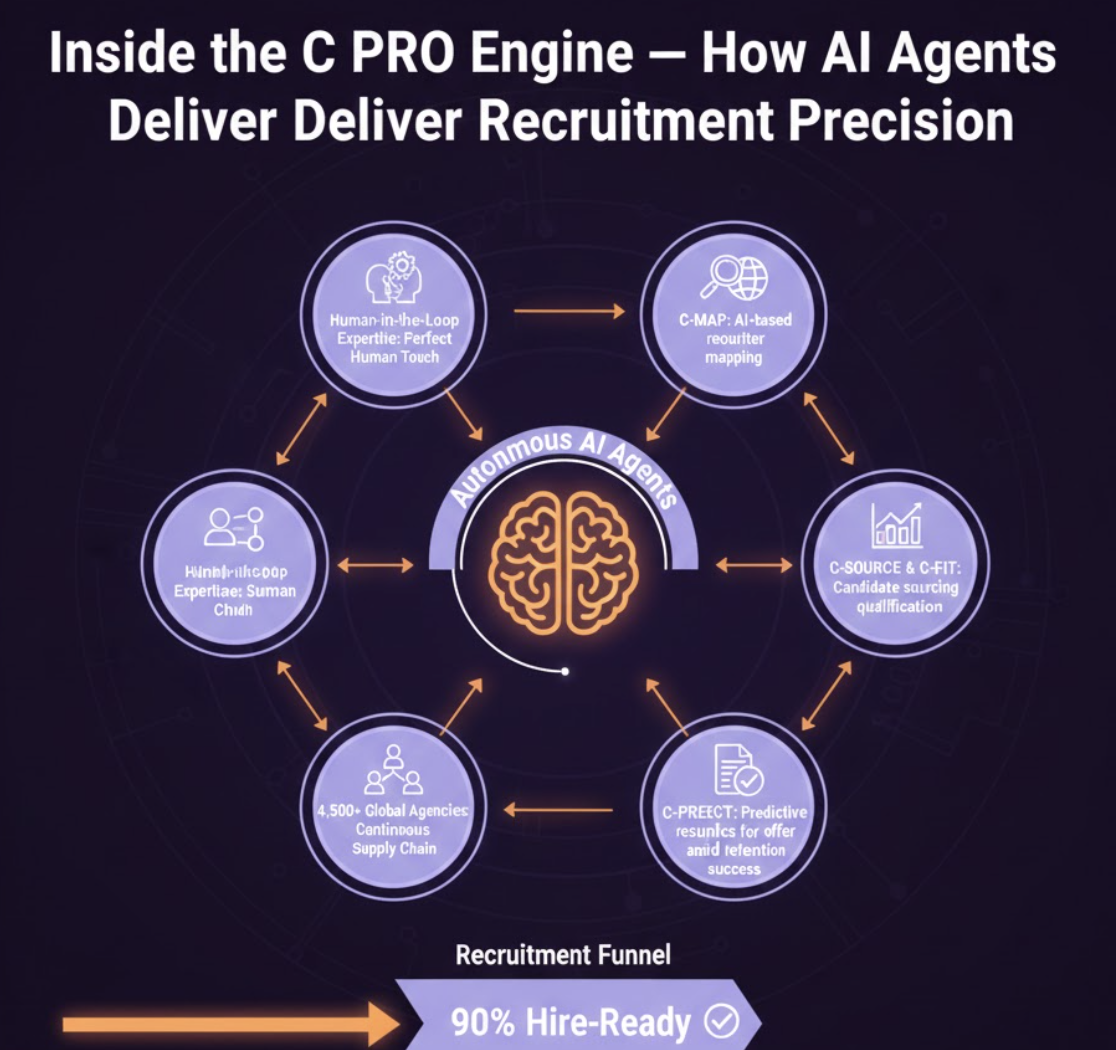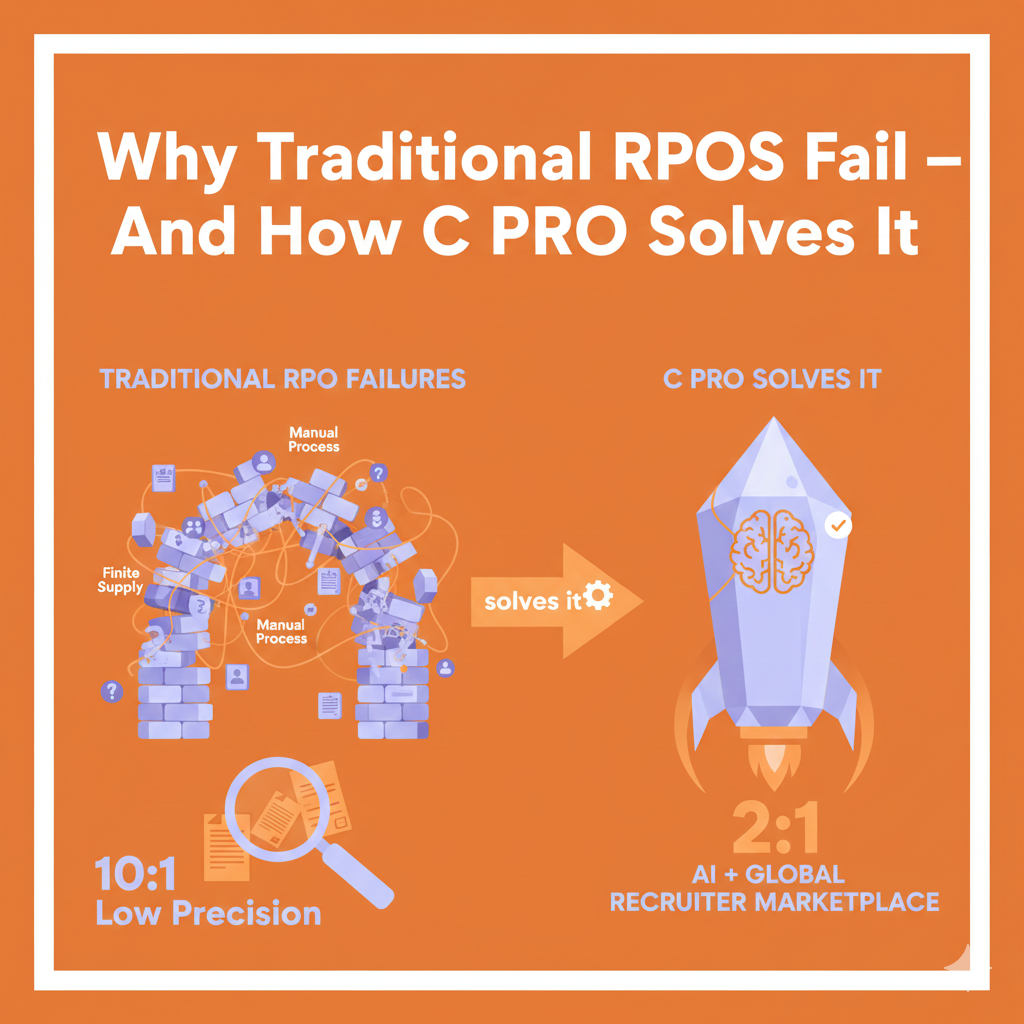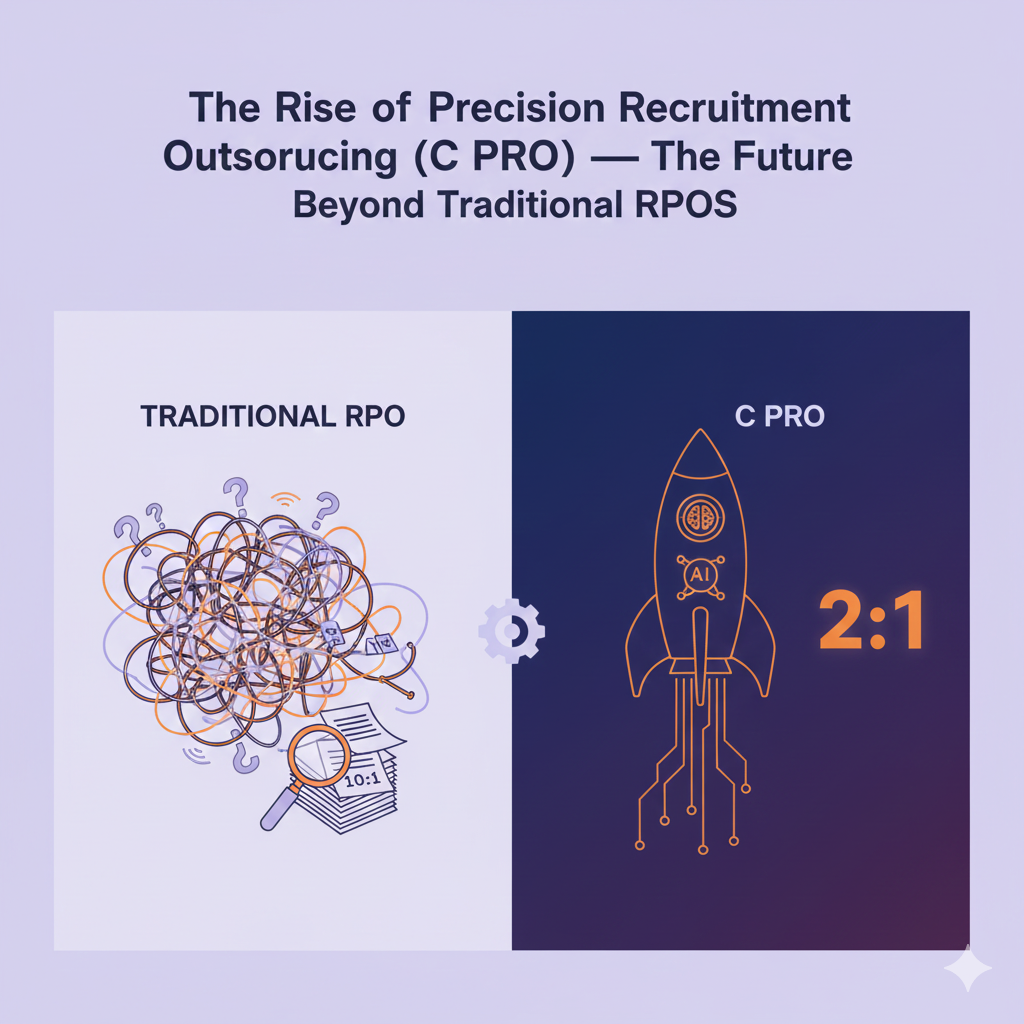Benefits of Data Driven Recruitment

In today's data-driven world, data has become an essential aspect of every industry, including recruitment. Gone are the days when feelings and instincts used to heavily influence the screening and selection of candidates. Nowadays, hiring managers employ a different strategy called data-driven recruitment, which enables HR departments and recruiters to use data to understand how their hiring process is operating and where they can make improvements. Understanding this method of hiring can help you shorten the hiring process, reduce the number of interviews, and lower hiring costs.
In this blog, we will discuss the importance of data-driven hiring.
Using data and recruiting analytics to make better educated and unbiased hiring decisions will make it easier to select the right candidate for the job. This entails looking beyond how quickly and inexpensively someone was hired. Data-driven recruiters look closely at metrics like
Hiring bias is a major concern in the recruitment process. It can impact the selection of candidates based on factors such as race, gender, or age. Data-driven hiring can help organizations reduce unconscious bias in the hiring process by eliminating subjective judgements. By using data-driven recruitment tools, such as AI-powered chatbots or pre-employment assessments, organizations can assess candidates solely based on their qualifications and skills, leading to fair and unbiased hiring decisions.
Data-driven recruiting goes beyond using the latest HR technology and focuses more on the method utilized to simplify and speed up the application procedure for candidates. Analyzing different ways to improve the recruitment process benefits the overall imparting of a positive candidate experience.
By leveraging data-driven talent acquisition strategies, such as analyzing data points to identify where the candidates are repeatedly dropping off, how long is the candidate application unattended, etc., you can avoid the obstacles that might prevent the best talent from submitting their applications. Hence, you start to develop and improve your candidate experience so that it meets the needs of your target applicants.
While streamlining your entire hiring process helps foster a good candidate experience and attract the best talent, it’s important to review the current recruitment tech stack to see if it is actually adding value to your TA efforts.
For instance, you might not need to invest heavily in job boards as you find out that candidates are more actively looking for jobs on social media. This insight helps you curb your resources on job boards and direct them towards an effective recruitment process.
Platforms like CBREX provide you with in-depth analytics of your recruitment process and help you reduce hiring costs by more than 50%.
Diversity and inclusion have become essential aspects of the modern workplace. Employers are under increasing pressure to create a diverse and inclusive workforce. Data-Driven Recruitment can help to promote diversity and inclusion by using data analytics to identify areas of the recruitment process that may be creating barriers for certain groups of candidates. Employers can use this information to create more inclusive recruitment strategies that attract a more diverse range of candidates. This approach can help create a more diverse and inclusive workplace that is better equipped to meet the needs of a diverse customer base.
Conclusion
In conclusion, data-driven hiring is becoming increasingly important in today's data-driven world. It can help organizations make informed and unbiased hiring decisions, reduce hiring costs and time, improve employee retention rates, and increase diversity and inclusion in the workplace. By incorporating data-driven recruitment tools into the hiring process, organizations can streamline their recruitment processes and improve the overall quality of their hires.








